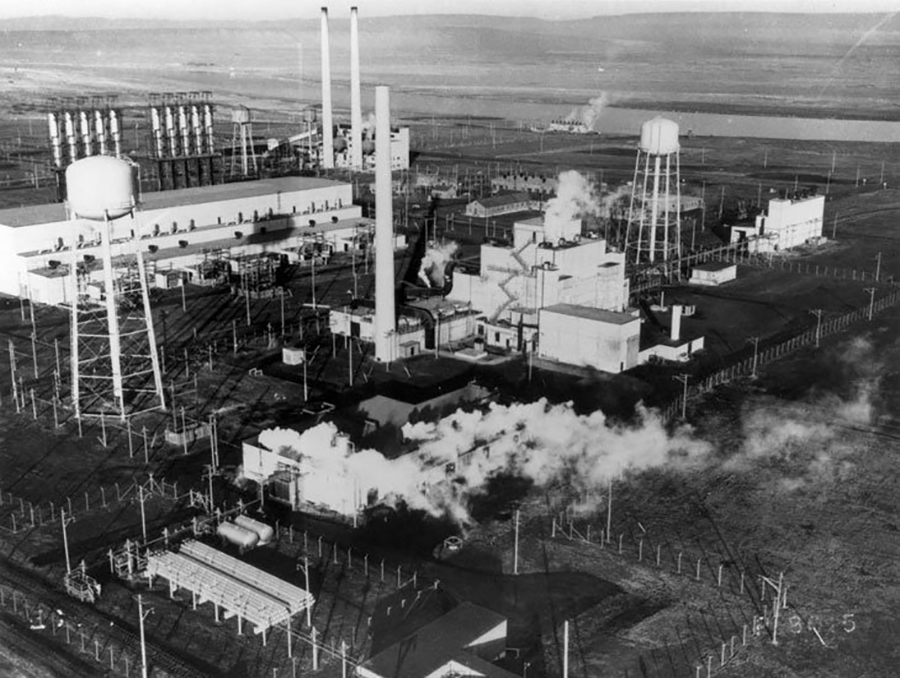The third-generation concentrating solar thermal pilot project demonstrates a high-temperature technology that can be used for energy storage, electricity production, industrial process heat and fuel production.
The U.S. Department of Energy (DOE) celebrated the inauguration of its third-generation concentrating solar thermal pilot facility at Sandia National Laboratories.
Next-generation
This demonstration is the culmination of a $100 million research effort to develop next-generation concentrating solar thermal power (CSP) plants. And to showcase a storage technology that could provide one gigawatt of storage for one hour in a single power plant.
This technology is an important element in achieving the Biden Administration’s goal of a 100 percent clean energy economy by 2050.
“The new generation of concentrating solar thermal power can be a game changer. This pilot installation will demonstrate how CSP systems can meet the challenges of providing long-lived energy storage. While reducing the cost and complexity of solar thermal technology. At the same time, it also provides a commercialization pathway for industrial process heat,” said Alejandro Moreno, Undersecretary for Energy Efficiency and Renewable Energy.
Challenging industry
DOE launched its Generation 3 (Gen3) CSP research effort in 2017, challenging industry to develop and test new technologies to achieve high-temperature plants. The best commercially available technologies which use mirrors to concentrate sunlight. And heat molten salts at the top of a tower, can only reach 565 °C.
DOE’s Gen3 CSP research initiative evaluated all viable avenues for operating a power plant that could reach 720°C. Based on the results of the research, DOE then selected Sandia to develop its technology. Which uses sand-like ceramic particles instead of molten salt and can withstand temperatures in excess of 800°C.
These particles can be used to transfer and store heat or power a supercritical carbon dioxide (sCO2) turbine. If successful, this type of solar power plant could supply 100 megawatts of power continuously, 24 hours a day and at low cost.
Sandia received $25 million to build, test and operate this facility at the National Solar Thermal Test Facility in Albuquerque, New Mexico.
To accelerate deployment and commercialization, Sandia is collaborating with international researchers. This in Saudi Arabia and Australia to test variants of key system components.
The pilot will complete in 2024. And will demonstrate that a particle-based plant could achieve DOE’s goal of:
making electricity plus storage from CSP even more affordable at 5¢/kWh.
It can be of your interest: Zero-emission vehicle corridors funded by DOE


